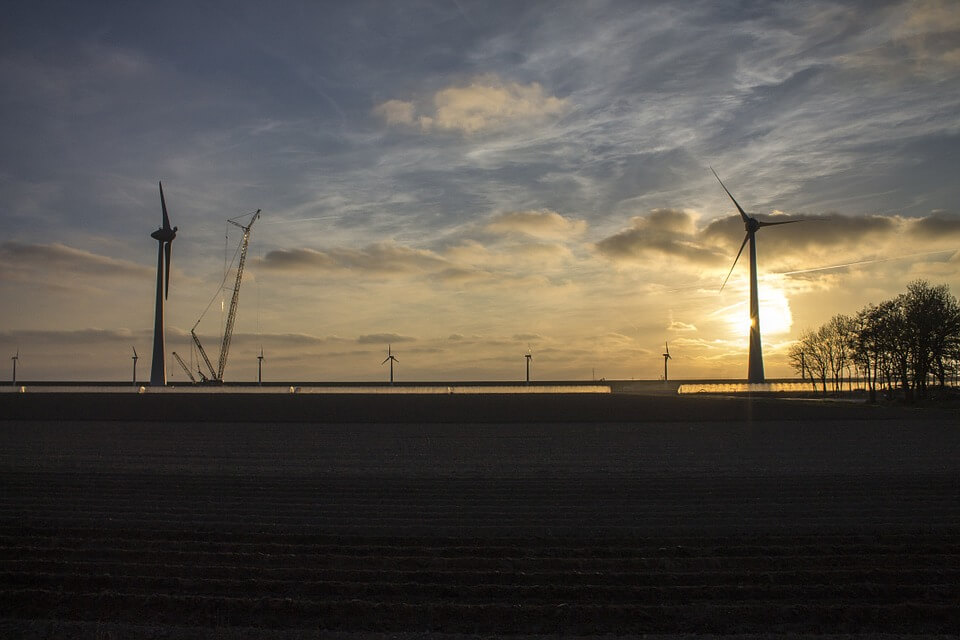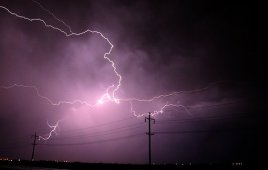Andy Barker / Divisional Director, Eng / K2
Michael Holm / Chief Marketing Officer / K2 / Denmark
Wind turbine performance warranty claims are about to get way more complicated and murky and the reason is the newly-released international standard for power curves: IEC 61400-12-1: 2017.
According to the IEC, the standard specifies a procedure for measuring the power performance characteristics of a single wind turbine and applies to the testing of wind turbines of all types and sizes connected to the electrical power network. The methodology can be used to make comparisons between different wind turbine models or different wind turbine settings when site-specific conditions and data filtering influences are taken into account.
This new edition has been developed to reflect significant technical changes and will tackle more accurate power curve predictions for rotors above 100 meters, especially in terrains with severe conditions such as deserts, cold climate sites, forest or mountains. But to handle these complex scenarios like taking turbulence, veer, and shear into the calculations, uncertainties, time and campaign cost also increase.

The more knowledge you have, the more awareness you have of what you don’t know, say those familiar with the new standard.
You need to account for a much taller mast, or remote sensing in conjunction with shorter mast, to capture measurements from the whole rotor, analysis procedures are much more advanced and more sensors are required on the mast to capture all the necessary data and the cost all adds up.
“The more knowledge you have, the more awareness you have of what you don’t know”, says Jakob Matthiesen, K2 Management’s power performance specialist and a member of the IEC expert working group revising the standard.
While measurement over the entire rotor and inclusion of shear and veer corrections result in a greater understanding of the power curve for the turbine, these benefits only exist through a comprehensive measurement campaign, with remote sensing in conjunction with a mast.
“This will increase the price for verifying the power curve – In the previous standard, we typically expected ±4% uncertainty on flat sites, but the new revision, with a similar measurement setup, will likely see uncertainties increase to around ±6%, a total increase of 50%. The more measurements there are and the more advanced and complex the detail, the more exposure to uncertainty.
“Warranty disputes about performance are mainly settled based on the uncertainty, so what good is a new, more precise power curve calculation if it is diluted by uncertainties?”, asks Matthiesen.
To him, the advice to wind turbine owners and investors is clear:
“Use the old version until some experience has been gained, new techniques are validated and a clear pathway for practical implementation of this standard has been set. The shortcomings of the previous edition can still be accommodated by demanding site-specific power curves from wind turbine manufacturers with climatic filters.
Sufficient power performance testing can still be achieved without increasing uncertainty until the implementation of new techniques, as identified in the new standard, is proven to be worthwhile for projects.”
Facts about new standard:
Name: 61400-12-1:2017 (ed.2), takes over from the 12-year-old 61400-12-1
Developed and “owned” by The IEC, International Electro Technical Commission
What it does: It addresses some of the problems with large rotors, as it represents a significant increase in complexity and introduces a whole new definition of the power curve and operates with two wind speed definitions; hub height and rotor equivalent wind speed (REWS). The old standard just relied on a met mast at hub height in front of the turbine.
It also includes the use of ultrasonic anemometers and remote sensing (LiDAR and SoDAR), often most economically suitable for larger wind parks (>30 turbines).
Filed Under: Insurance






